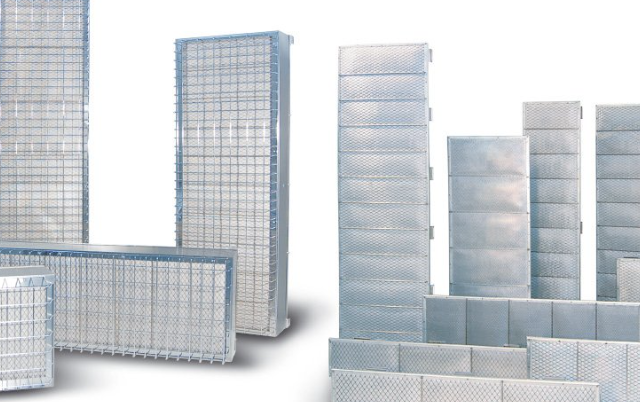Catalytic Heater: A Safer and More Efficient Alternative to Traditional Heating Systems

In many industrial sectors, safety, efficiency, and sustainability are key considerations when choosing a heating solution. A catalytic heater has emerged as a highly effective option that addresses all these needs without compromise. Unlike conventional combustion systems that rely on an open flame, catalytic heaters use a flameless oxidation process, resulting in lower emissions, greater efficiency, and enhanced operational safety. This article explores why catalytic heaters are quickly becoming the preferred choice in sensitive and high-risk environments.
The Fundamentals of Catalytic Heating
Catalytic heaters function through a chemical reaction in which a fuel gas, such as propane or natural gas, interacts with a catalyst—commonly platinum or palladium—on a specially engineered surface. This reaction occurs at lower temperatures and does not produce a visible flame. Instead, it releases infrared energy and heat evenly and consistently.
This flameless operation is not only energy-efficient but also crucial in environments where the presence of an open flame poses a significant safety hazard. It’s an ideal solution for industries such as chemical processing, oil and gas, pharmaceuticals, and other ATEX-classified zones.
Superior Energy Efficiency
One of the primary advantages of catalytic heaters is their superior energy efficiency. Traditional heating systems, such as electric or forced-air heaters, can suffer from heat losses due to convection and inefficient fuel combustion. In contrast, catalytic heaters convert nearly all of their fuel input into usable heat.
This high conversion efficiency means that catalytic heaters require less fuel to achieve the desired heating output. As a result, operational costs are reduced, and energy consumption is optimized—a crucial factor for industries focused on long-term sustainability and cost control.
Additionally, the even distribution of radiant heat minimizes thermal stratification and leads to a more consistent temperature environment. This can improve process performance and product quality in temperature-sensitive industrial applications.
Lower Emissions and Environmental Impact
Catalytic combustion is inherently cleaner than traditional flame-based combustion. Because it occurs at lower temperatures and avoids incomplete combustion, it generates significantly fewer harmful by-products. Specifically, catalytic heaters produce:
- Minimal to no carbon monoxide (CO)
- Lower nitrogen oxides (NOx)
- Reduced particulate matter
These reduced emissions contribute to a safer working environment and help businesses meet increasingly stringent environmental regulations. For companies committed to green initiatives and reducing their carbon footprint, catalytic heaters represent a step forward in achieving cleaner operations.
Moreover, the absence of smoke and fumes enhances air quality in enclosed industrial settings, protecting workers’ health and improving overall workplace safety.
Enhanced Safety in ATEX and Hazardous Environments
Perhaps the most compelling benefit of catalytic heaters is their exceptional safety profile in hazardous and explosive-prone environments. In ATEX-classified zones, where flammable gases, vapors, or dusts are present, traditional open-flame systems can be a liability.
Catalytic heaters eliminate the risk of ignition from open flames, reducing the potential for explosions or fires. They are often certified for use in ATEX zones, ensuring compliance with safety standards required in sectors such as petrochemicals, refineries, and underground mining.
In addition to being intrinsically safe, catalytic heaters typically incorporate advanced safety features like:
- Oxygen depletion sensors
- Automatic shutoff valves
- Thermocouple monitoring systems
These features provide an extra layer of protection, making catalytic heaters a smart investment for businesses where worker safety and risk management are non-negotiable priorities.
Whena Safety Meets Innovation
In a world where industrial standards are becoming more demanding, the need for safe, efficient, and eco-conscious heating technologies has never been more urgent. Catalytic heaters deliver on all fronts, offering a powerful solution that combines advanced engineering with practical benefits.
From minimizing operational risks in explosive zones to significantly lowering fuel consumption and emissions, these heaters are redefining what it means to heat industrial environments responsibly. For companies seeking an edge in safety and sustainability, investing in catalytic heating technology is more than a choice—it’s a strategic imperative.







